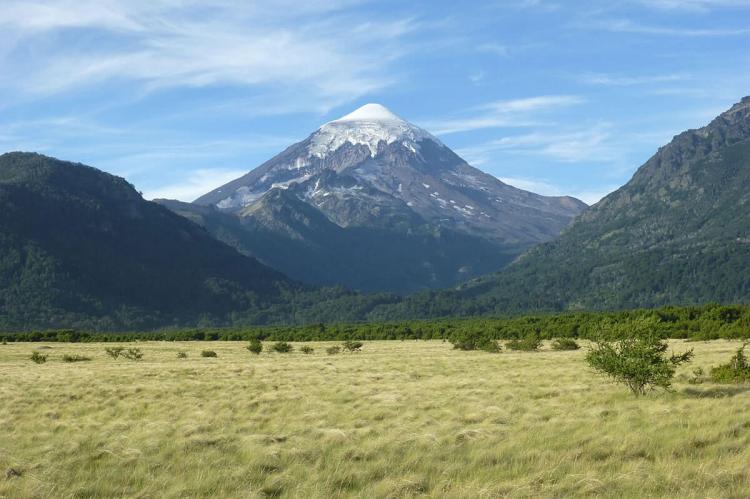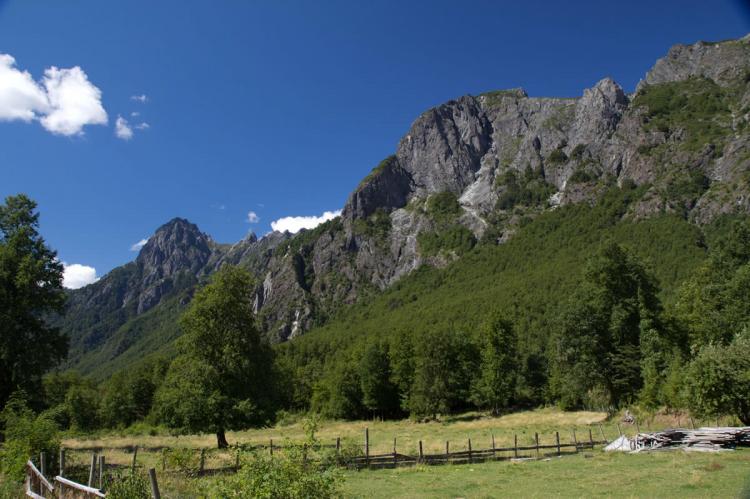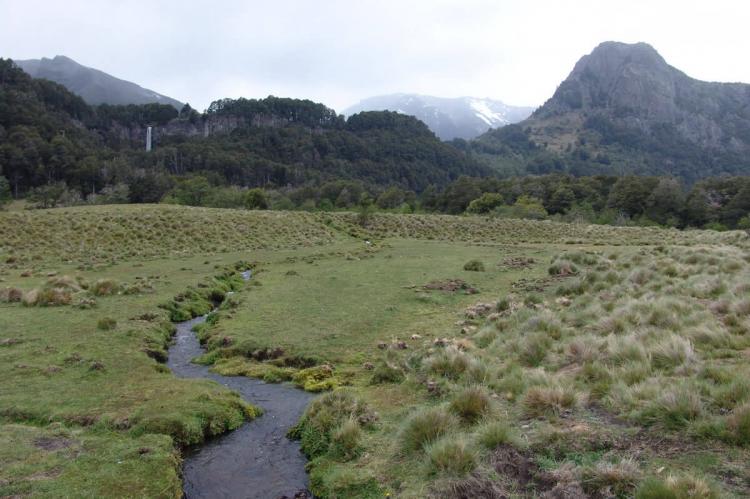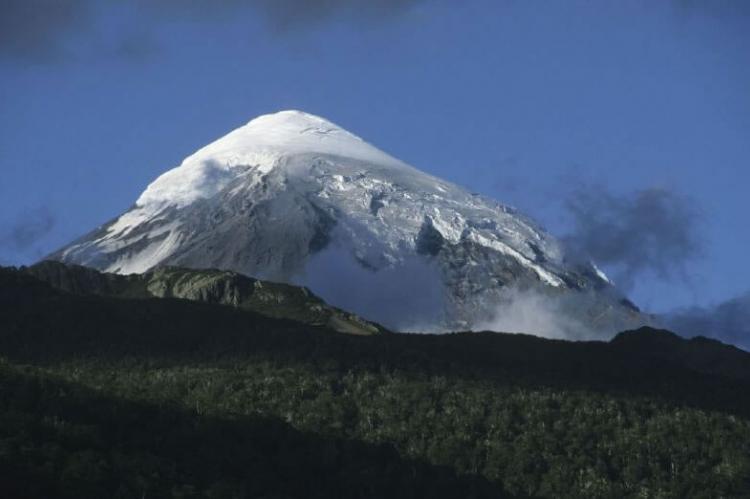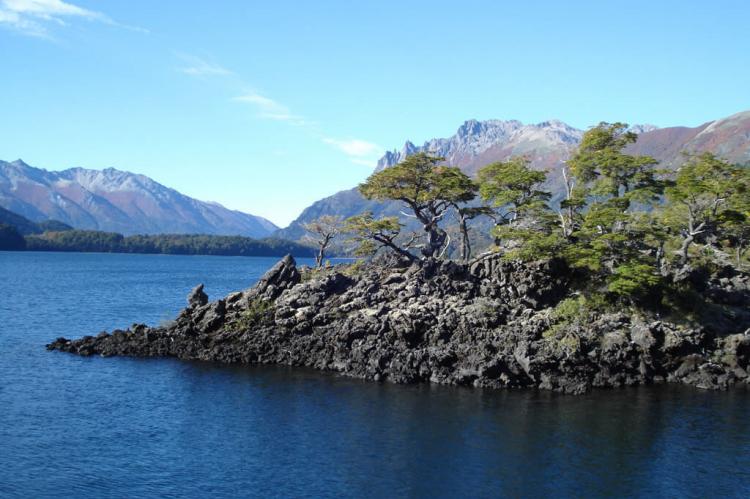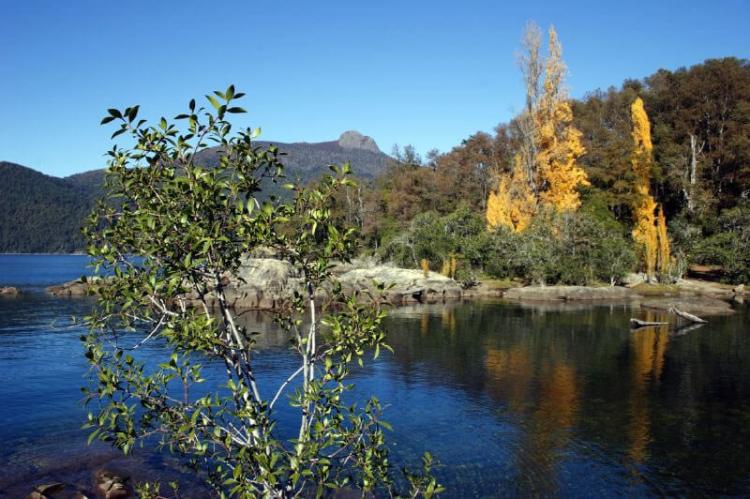Lanín National Park (Argentina)
Lanín National Park is located in the southern part of Neuquén Province, Argentina, within Argentine Patagonia. Created in 1937 to protect and preserve an area of Andean-Patagonian Forests, it takes its name from its highest peak, the Lanín volcano, on the border with Chile.
Lanín National Park
Lanín National Park is located in the southern part of Neuquén Province, Argentina, within Argentine Patagonia. Consisting of 413,000 ha (1,020,000 acres), it is Argentina's third largest National Park, after Nahuel Huapí National Park and Los Glaciares National Park.
Lanín National Park was created in 1937 to protect and preserve an area of Andean-Patagonian Forests, including the Monkey-puzzle trees (Araucaria araucana), the Raulí (Nothofagus nervosa), and the Roble beech (Nothofagus obliqua).
The park also has many species that characterize more southerly Patagonian forests, such as the southern beeches: lenga, ñire, and coihue.
The National Park takes its name from its highest peak, the Lanín (meaning "Dead Rock" in the native Mapuche language) volcano, an ice-clad cone-shaped extinct stratovolcano of 3,776 m (12,388 ft), which borders Chile and its Villarrica National Park.
Lanín National Park contains the town of Sant Martin de Los Andes and forms part of Argentina's Camino de Los Siete Lagos (Seven Lakes Route). Along with four other national parks, it comprises a part of the Andino Norpatagónica Biosphere Reserve.
The park contains many glacial lakes, including the Ñorquinco, Quillén, Tromen, Huechulafquen, Curruhué, Lolog, Lácar, Meliquina, Machónico, and Hermoso. Most of these lakes drain into the Atlantic Ocean through the Limay and Negro rivers, except Lake Lácar, which empties into the Pacific Ocean.
Lanín National Park is also home to a population of indigenous Mapuche, who are responsible for managing and maintaining it.
The climate is mild and humid, with warm summers, plenty of rain during spring and autumn, and frequent snow with temperatures below zero in winter.
Flora and Fauna
Three different ecoregions are found within the protected area of the park:
Endemic birds of the Andean Patagonian Forest include the Magellanic woodpecker, the Austral parakeet, the chucao tapaculo, the Des Murs's wiretail, and the green-backed firecrown.
Mammals such as the south Andean deer, the southern pudu, the puma, and the kodkod (Leopardus guigna) live within the deep forests.
